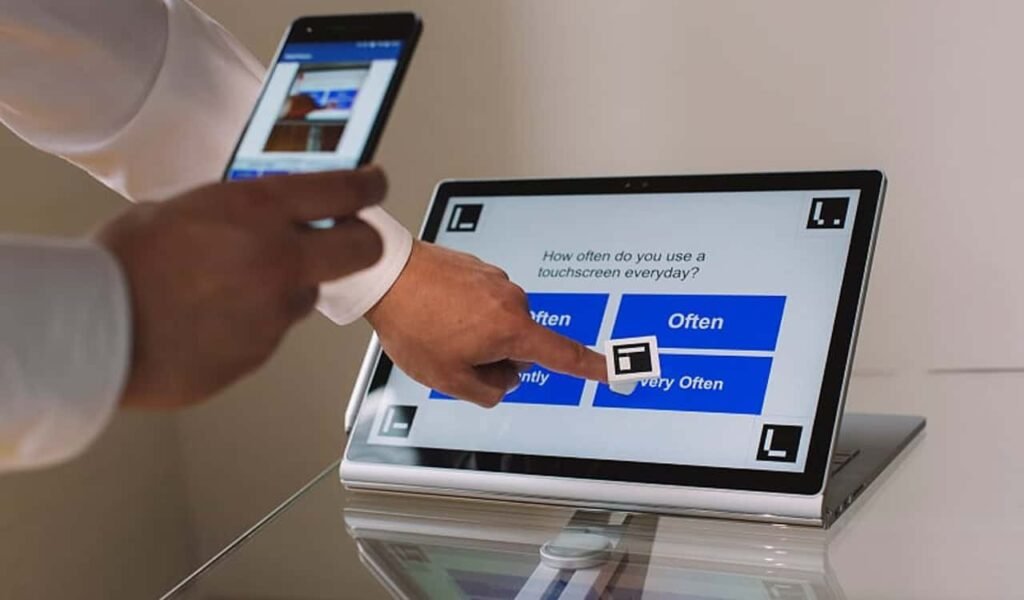How Technology Improves Accessibility
In the realm of accessibility, technology has emerged as a powerful force for inclusivity, breaking down barriers and empowering individuals with disabilities. From assistive devices to inclusive design principles, advancements in technology continue to revolutionize accessibility across various domains, making everyday activities more accessible for everyone.
Assistive Technologies
Technology improves accessibility through a wide range of assistive devices tailored to individual needs. Devices such as screen readers, magnifiers, and speech recognition software empower people with visual impairments or motor disabilities to navigate digital content and perform tasks independently. These technologies not only enhance productivity but also promote equal access to information and communication.
Accessible Design Principles
Incorporating accessible design principles into technology development ensures that products and services are usable by all individuals, regardless of ability. User interfaces that feature adjustable font sizes, color contrasts, and keyboard shortcuts accommodate diverse needs and preferences. Companies like Apple and Microsoft prioritize inclusive design, making their products accessible out of the box and setting industry standards for accessibility.

Mobile Accessibility: Anytime, Anywhere Access
Mobile technology plays a pivotal role in improving accessibility by providing portable solutions for communication, navigation, and daily tasks. Smartphones and tablets equipped with accessibility features such as voice commands, gesture recognition, and tactile feedback empower users with disabilities to stay connected and engaged in both personal and professional environments. Mobile apps further enhance accessibility by offering specialized functionalities tailored to specific needs.
Communication Technologies: Breaking Down Language Barriers
Technology improves accessibility in communication through real-time translation tools and video relay services. Apps like Google Translate and Microsoft Translator facilitate multilingual communication, enabling individuals who are deaf or hard of hearing to engage in conversations with ease. Video relay services utilize interpreters to facilitate communication between sign language users and non-signing individuals, fostering inclusivity in both personal and professional settings.
Education and Learning: Adapting Curricula for All
In the realm of education, technology enhances accessibility by providing adaptive learning tools and digital resources. Educational platforms and e-learning modules accommodate diverse learning styles and disabilities through features such as audio descriptions, interactive transcripts, and tactile graphics. These tools empower students with disabilities to participate fully in educational opportunities, promoting lifelong learning and skill development.
Smart Home Technology: Independent Living Solutions
Technology improves accessibility in the home environment through smart home devices designed for independence and safety. Voice-activated assistants like Amazon Alexa and Google Assistant enable users to control appliances, adjust lighting, and access information hands-free. Smart sensors and alarms enhance security and alert users to potential hazards, providing peace of mind for individuals with mobility impairments or cognitive disabilities.
Conclusion
Technology improves accessibility by fostering inclusivity across various aspects of life, from communication and education to daily living and beyond. Assistive technologies, accessible design principles, and mobile solutions empower individuals with disabilities to lead independent, productive lives. As technology continues to advance, embracing inclusive practices and developing innovative solutions will further enhance accessibility and create a more equitable society for all.



